food

Public Response to New Technologies in Food Depends on the Type of Tech

Study Finds Guidance Improves Food Safety Practices at School, Community Gardens

Foodborne Illness: Consumer Costs, Consequences and Choices
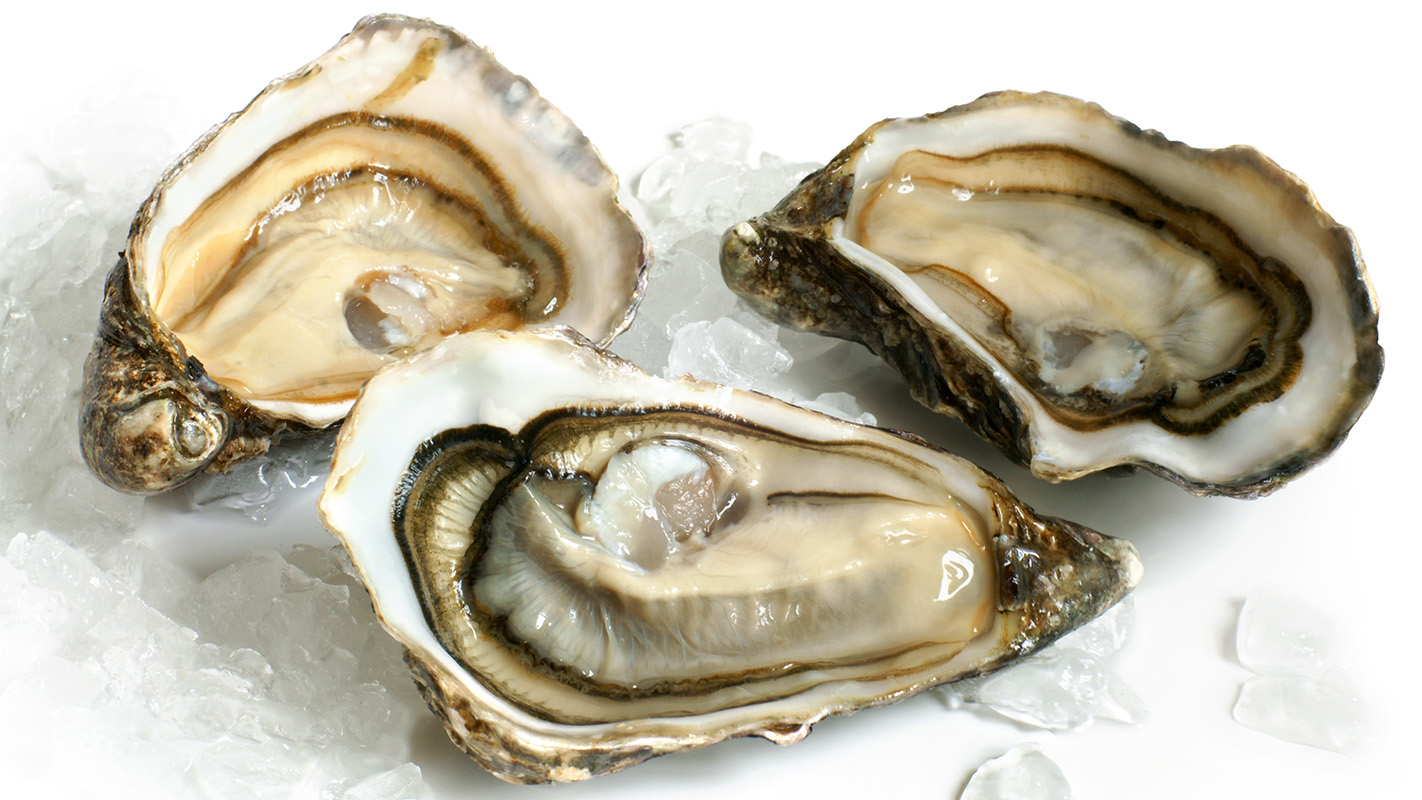
Seafood Safety 101: Vibrio in Shellfish
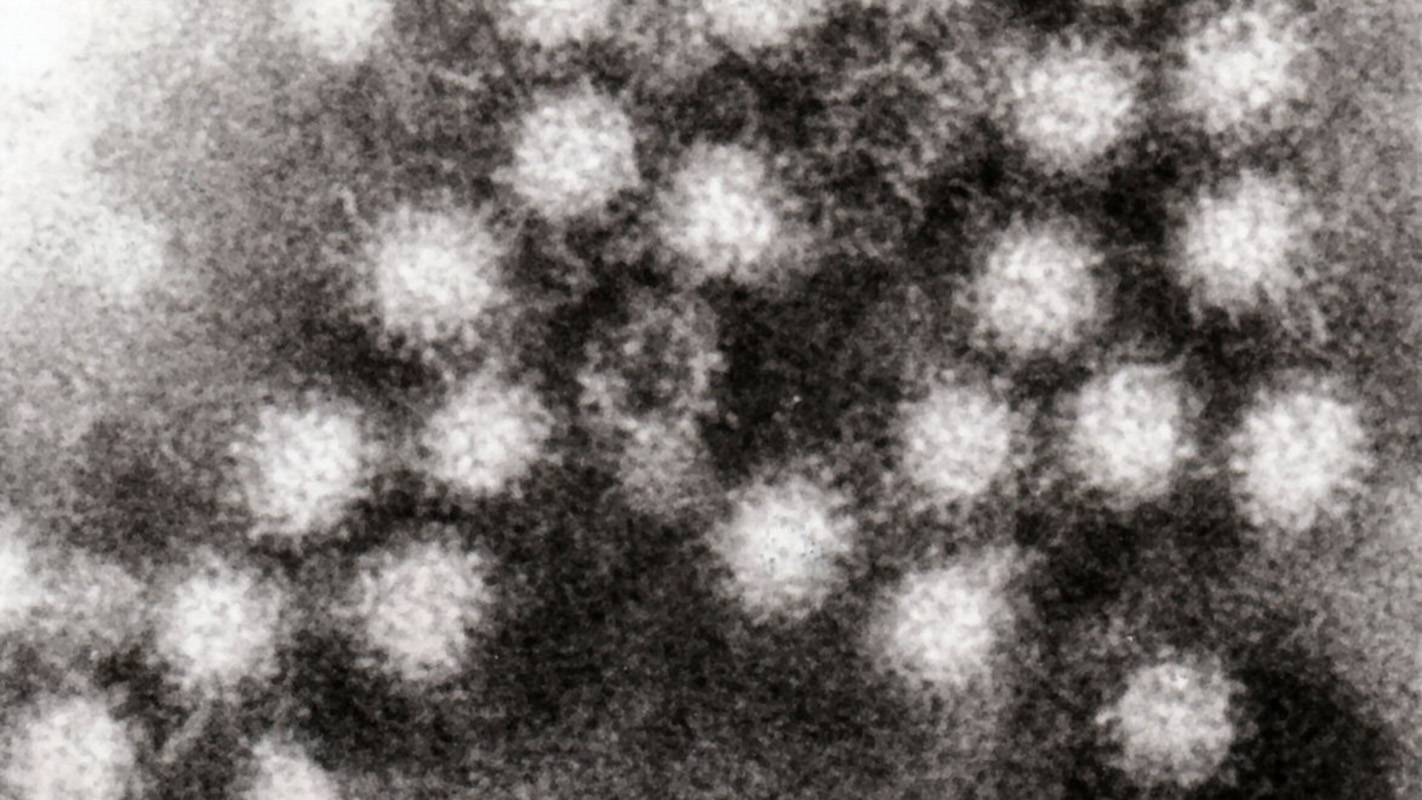
When a Norovirus Expert Got Norovirus

Food Safety 101: What Is Campylobacter (and What Are We Doing About It)?

Listeriosis and Produce: What’s the Connection?

Why Everyone Should Care About Food Safety
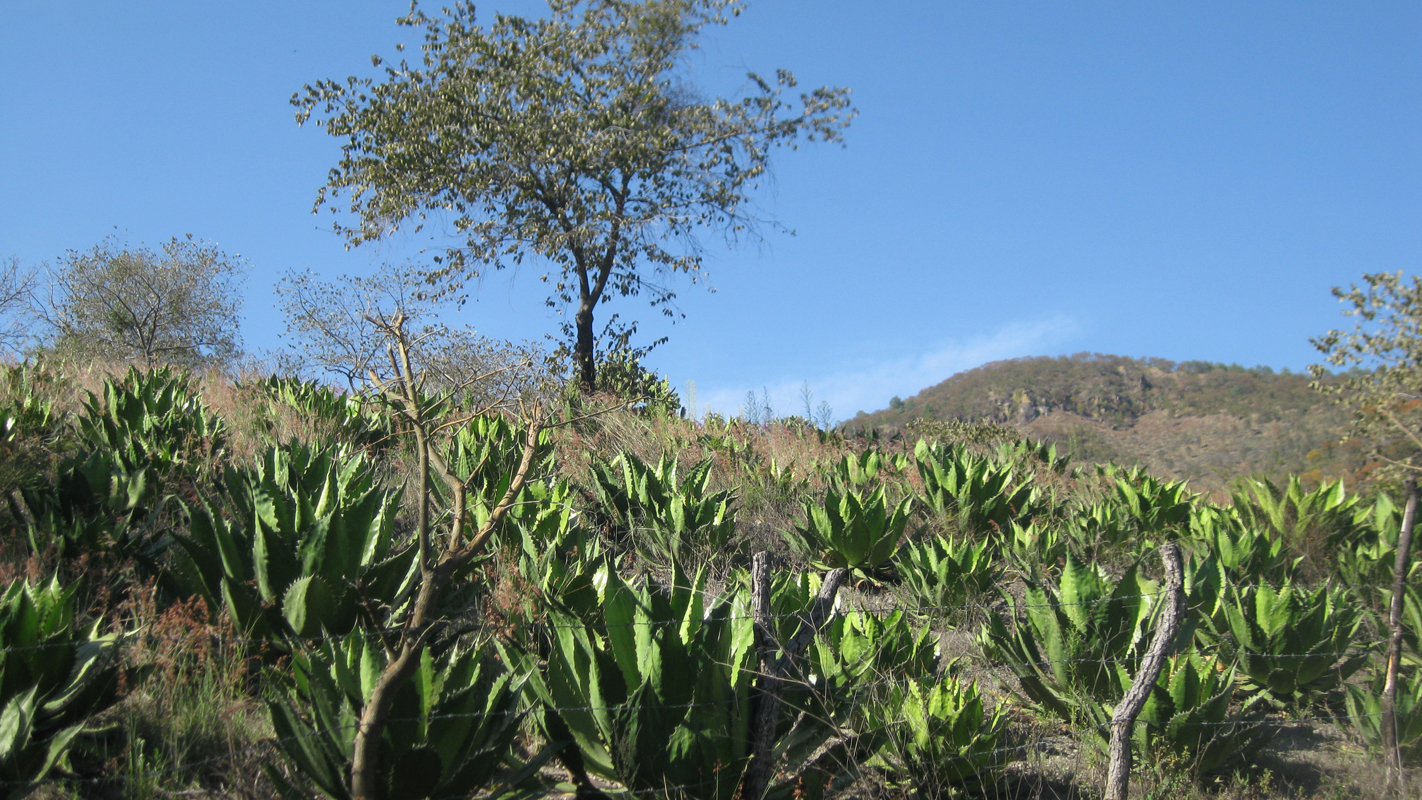
Mezcal and Markets: One Battle in the War Over Mexico’s Agave Spirits
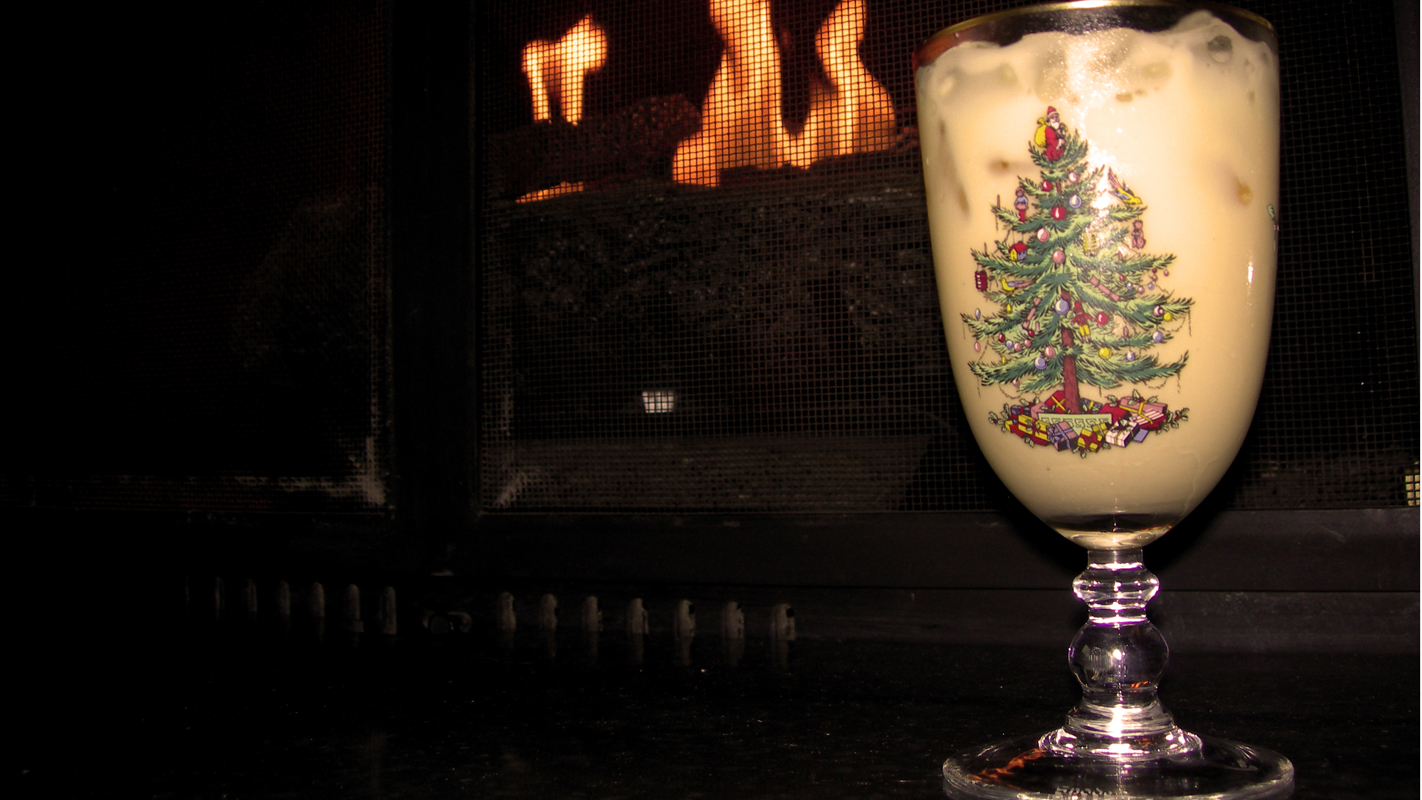
If Eggnog Has Eggs in it, Why Is it Safe to Drink?
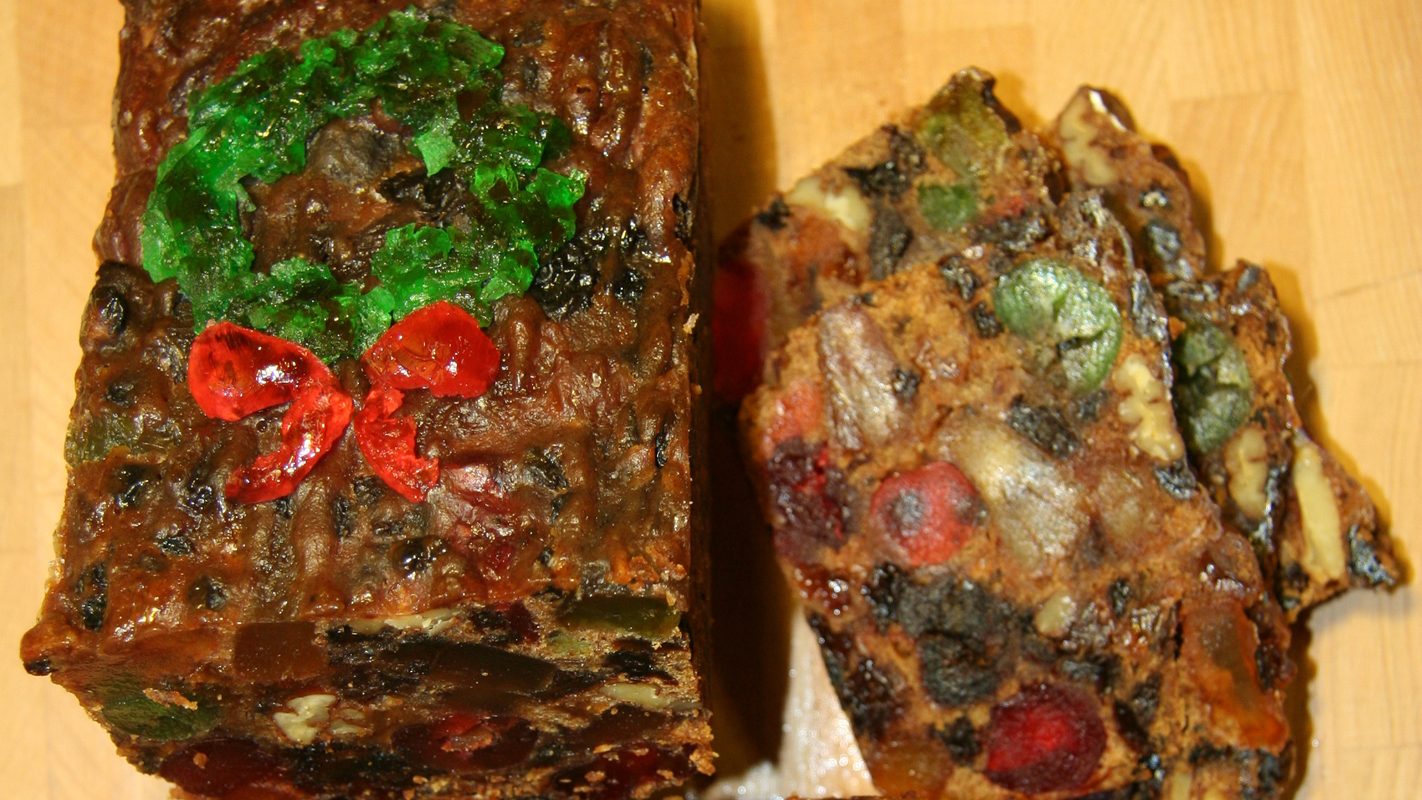
Fruitcake – Will it Last Forever?

Bolstering Our Food Banks

Nutrition, Safety Key To Consumer Acceptance of Nanotech, Genetic Modification In Foods
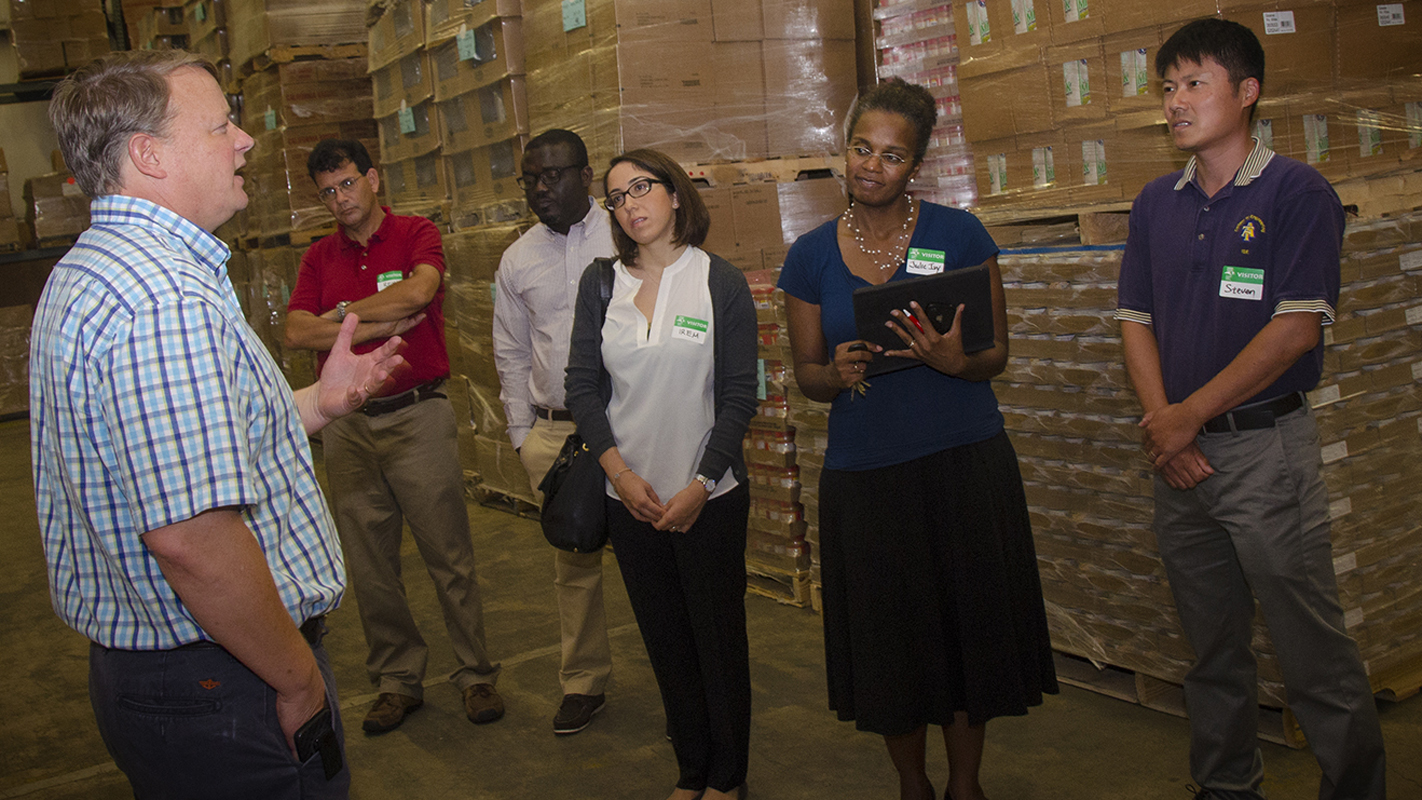
Engineering a Better Food Bank
